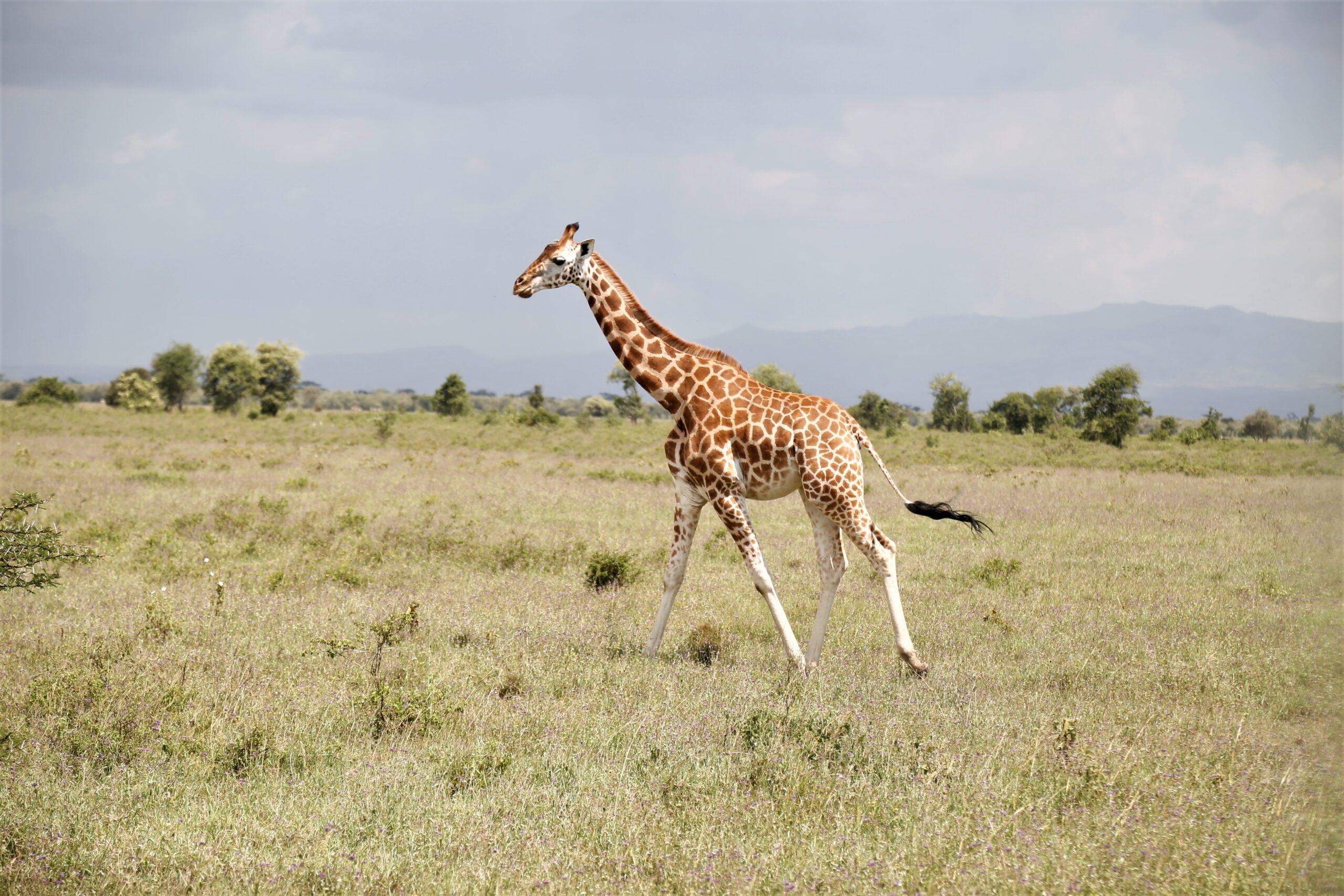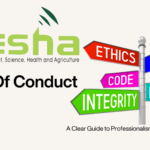By Agatha Ngotho I angotho@gmail.com

As the world descends on the tourist city of Sharm el-Sheikh, Egypt from tomorrow to discuss global climate change crisis, Kenya, will still be reeling from the impact of droughts on its wildlife with numerous deaths reported in the country.
The meeting, dubbed the Conference of Parties (COP) 27 opens on November 6th November 2022 with 40,000 people attending.
According to the World Economic Forum, climate change is causing devastation to the continent's water bodies, impacting food security, threatening ecosystems and impeding socio-economic development.
Kenya has not been spared by the devastating drought which has seen 4.3 million people in need of urgent food aid and the death of more than 1,000 wildlife. Wildlife deaths
The current drought in Kenya, say authorities, has killed 205 elephants, 430 zebras, 51 buffalos and 12 giraffes.
According to Tourism, Wildlife and Heritage Cabinet Secretary Peninah Malonza 14 different species of wildlife have been affected between February and October 2022 by the drought.
She said the drought has resulted in the deaths of 205 deaths, elephants, 512 wildebeest, 381 common zebras, 205 elephants, 49 grevy’s zebras, 51 buffalos and giraffe (8 Reticulated and 4 Maasai zebras).
The CS spoke on 4 th November 2022 during the launch of a report on the impacts of the current drought on wildlife in Kenya done by the Wildlife Research and Training Institute (WRTI).
Malonza said the most affected areas include Amboseli, Tsavo and Laikipia-Samburu ecosystems.
“Elephants in Amboseli and Laikipia-Samburu regions are worst affected by the drought as the ecosystems have recorded more than 70 elephant deaths. The Amboseli ecosystem has lost 510 wildebeests, 358 common zebras, 76 elephants, and 19 buffalos among other species,” she said.
On November 1, President William Ruto announced that the Government will set aside Sh200 million to the Kenya Wildlife Service (KWS) to support interventions geared towards cushioning wildlife from famine.
The CS explained that rainfall in the arid and semi-arid areas of Kenya failed completely during the October–December 2021 and March–May 2022 rainy seasons.
This resulted to the current drought being experienced in Southern, Eastern and Northern Kenya.
“The drought has caused mortality of wildlife, mostly herbivore species. The mortalities have arisen because of depletion of food resources as well as water shortages,” said Malonza.
The report indicated that the grevy’s zebra population, which is restricted to the Lakipia- Samburu landscapes has so far lost 49 grevy’s zebra even with the intervention of a feeding
programme.
The programme is currently ongoing in areas of Buffalo Springs and Samburu National Reserves through the Grevy’s Zebra Trust. It is providing supplement feeding to over 500 individuals daily with buffalo and oryx also benefiting from the feeds.
The Trust has reported 49 deaths related to drought out of the 90 deaths so far recorded.
The most affected areas within the Grevy’s zebra’s range are Isiolo County and Eastern parts of Samburu County, especially the Wamba Area.
The report further pointed out that the rhino population remains not seriously affected by the drought but one rhino aged about 2 years died in Ngulia Rhino Sanctuary, Tsavo West
National Park.
“The drought continues to worsen as days’ pass as evidenced by the upwards trend of wildlife mortality between February and October 2022. The continued worsening of the drought condition could affect more rhinos in overstocked rhino sanctuaries including Ngulia
Rhino Sanctuary, Tsavo West National Park among others,” the report noted.
It also indicated that the Southern Conservation Area particularly Amboseli ecosystem is the most affected followed by the Laikipia-Samburu landscape from the months of February
through to October.
The Wildlife Research and Training Institute report further showed that the drought has negatively impacted on the herbivore populations and particularly wildebeest and zebra. It
has claimed more than 500 and 380 wildebeest and common zebra respectively in the Amboseli Ecosystem.
“Most of the affected wild animal species are grazers. Elephants were as well affected by the drought due to reduced forage and mostly to young elephants who may not reach out to
above 2-meter vegetation biomass,” the report stated.
The Laikipia-Samburu and Amboseli ecosystems are worst hit having recorded more than 70 elephants’ deaths each followed by 54 deaths in Tsavo East, West and Ranches.
Amboseli ecosystem, which hosts over 1900 elephants has so far lost 76 elephants to the drought of which 45 were juveniles dying of malnutrition since the mothers could not produce enough milk. In Tsavo, four elephant calves were preyed by lions as their mothers
were too weak to protect them.
In the report, the wildlife research outfit called for urgent and immediate provision of water as well as salt licks in the most affected ecosystems of Amboseli, Tsavo and Laikipia- Samburu.
It also recommended for the enhancement of provision of hay to Grevy’s zebra in northern Kenya over the next two months to cover a wider area.
It called for support to undertake well-structured monitoring of wildlife mortality in all protected areas and key ecosystems. This, they noted, will help to better understand the effects of the drought and recommend future and timely appropriate management action.
It called for urgent aerial census of wildlife in Amboseli ecosystem before the next rainy season to determine and evaluate the impact of the current drought on wildlife.
“The National Treasury should allocate funds to support the next National Wildlife Census in 2024 to establish the impact of the current drought on wildlife populations in all the affected ecosystems. This is in addition to provision of funding to support destocking of Ngulia Rhino
Sanctuary (Tsavo West National Park) and prevent any eminent drought related mortality of black rhino in the sanctuary,” said the report.









